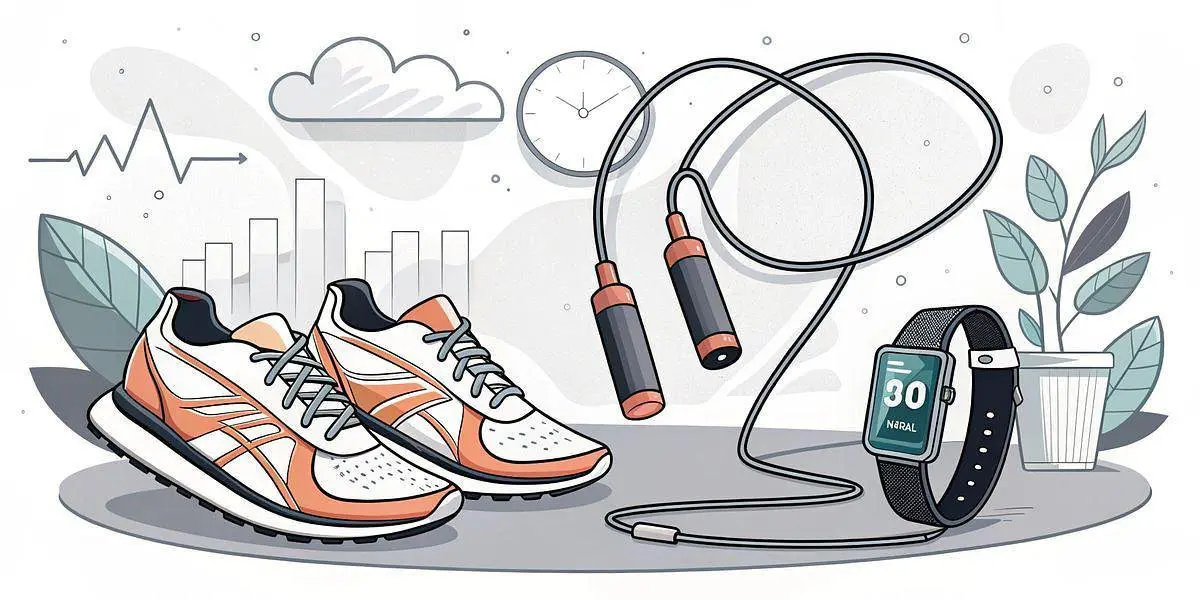In times of uncertainty, it’s important to be prepared for any situation. For preppers, having a well-stocked pantry is a must, and that includes having a supply medicine on hand. Unfortunately most of us are unable to stock up on antibiotics for TEOTAWKI times. There is a crisis option to consider.
FISH ANITIBIOTICS
Fish antibiotics are often used as an alternative to human antibiotics due to their similar composition and effectiveness. While we are not advocating this during times when there are other options, they may be worth considering in a total collapse situation. In this guide, we will discuss everything you need to know about stocking fish antibiotics for your prepper pantry, including what types are available, how to store them, and how to use them safely.
Legal Disclaimer: This article is for entertainment purposes only.
Common Fish Antibiotics and Their Human Uses
A. Fish Mox (Amoxicillin)
1. Treating bacterial infections (e.g., ear, nose, throat, urinary tract
B. Fish Flex (Cephalexin)
1. Treating skin and soft tissue infections
C. Fish Flox (Ciprofloxacin)
1. Treating respiratory and urinary tract infections
D. Fish Zole (Metronidazole)
1. Treating gastrointestinal infections and certain parasites
E. Fish Pen (Penicillin)
1. Treating bacterial infections (e.g., respiratory, skin, dental

Purchasing Fish Antibiotics
Finding a reputable source for fish antibiotics is crucial for ensuring the safety and effectiveness of the medication you’ll be storing in your prepper pantry. To identify a trustworthy supplier, start by conducting thorough online research and read reviews from other customers who have purchased from the same source. Look for suppliers that specialize in fish antibiotics and have a solid reputation in the industry. It’s essential to choose a supplier that provides clear information about the product, including its origin, expiration date, and proper storage conditions. Additionally, make sure the supplier complies with all relevant regulations and quality standards. By taking these steps, you can rest assured that the fish antibiotics you’re stocking come from a reliable source and will be suitable for use when needed.
Shelf Life and Expiration of Fish Antibiotics
When it comes to the shelf life and expiration of fish antibiotics, it’s crucial to understand that, like human medications, these products also have a designated expiration date. Fish antibiotics typically have an expiration date printed on the packaging, which is usually about 2 to 3 years from the date of manufacture, but it’s essential to check the packaging for the manufacturer’s recommended expiration date. However, the actual shelf life of these antibiotics may be longer than the labeled expiration date. Some studies have shown that certain antibiotics can remain effective for several years beyond their expiration date if stored properly, in a cool, dry, and dark place. Studies have also shown that some antibiotics increase or decrease in efficacy over time. As such it’s important to research the particular antibiotic and understand the effect time will have on it.
It is essential to note that using expired antibiotics can be risky, as their effectiveness may decrease over time, leading to inadequate treatment, increased risk of antibiotic resistance, or potential side effects. Always consult with a healthcare professional before using any antibiotics, including fish antibiotics, for human consumption.

Storing Fish Antibiotics Safely and Effectively
Proper storage of fish antibiotics is crucial to maintain their effectiveness and ensure the health of your aquatic pets. Ideal storage conditions include cool, dark, and dry locations, away from direct sunlight and heat sources. To prevent moisture from affecting the medications, store them in airtight containers.
Organizing and labeling your fish antibiotics is an essential part of effective storage. Clearly label each container with the antibiotic name and its expiration date. This practice allows for easy identification and helps you to rotate your stock, using the oldest antibiotics first.
Monitoring and updating your supply of fish antibiotics is a crucial aspect of maintaining a healthy environment for your fish as well as your crisis stockpile. Regularly check for expired medications and replace them with fresh stock as needed. By adhering to these best practices, you can ensure that you have the appropriate treatment on hand when needed.
Precautions and Responsible Use of Fish Antibiotics
It’s essential to recognize the limitations of self-treatment when using fish antibiotics. While they may offer a temporary solution, it’s crucial to understand the potential risks and side effects associated with their use. Some antibiotics may cause allergic reactions, interact with other medications, or lead to antibiotic resistance if not used correctly. As such, it’s important to emphasize the need for professional medical advice before attempting to treat any illness or infection with fish antibiotics. Always consult a healthcare professional to ensure the appropriate course of action and avoid causing more harm than good. Obviously this article is written on the premise that there is no medical aid available. This is why it is a great idea to foster a prepper community as part of your plans. Ideally, in that community you can have some medically trained individuals to help navigate these type challenges.
Conclusion on Fish Antibiotics
In conclusion, it is essential to reiterate the value of being prepared when it comes to having fish antibiotics on hand. Being well-informed and proactive in prepping for emergencies can make a significant difference in various situations. However, it is crucial to approach this responsibility with the right mindset and a commitment to staying informed. Responsible and informed prepping involves not only acquiring the necessary supplies but also understanding how to use them safely and effectively. By staying educated and up-to-date on best practices, you can ensure that you are fully prepared for any situation while prioritizing the well-being of yourself and others.































2 Responses
What are proper doses by pounds/age for such antibiotics? I have adult children and grandchildren I’m stocking for.
Please can you email me privately if unable to post here. Thanks.
Angel,
I couldn’t provide you that information for a few reasons, but most of which is I’m just not qualified. Of course you would never want to misuse products that aren’t meant for human consumption. All that for the legal purposes said, I truly would only resort to taking such things in a large scale collapse no other choice scenario. Some times when the option is die or try, then it makes sense to try. As for the dosage, I would just compare it to the human equivalent. Dosage is dosage I would assume. However, if you’re not aware there are some better options available now. There are actually legitimate sites that are selling emergency preparedness medicinial kits that have antibiotics, etc.. All legal with the purpose of having on hand in an emergency.
A cheaper option would be to be open and honest with your doctor and just tell them your purpose and intent. If you have a long relationship with them they very well may prescribe you a variety to have on hand for such scenarios, and you’ll even be able to refresh and change them out with time keeping your supplies fresh.
Hope that helps and best of luck!
Shane